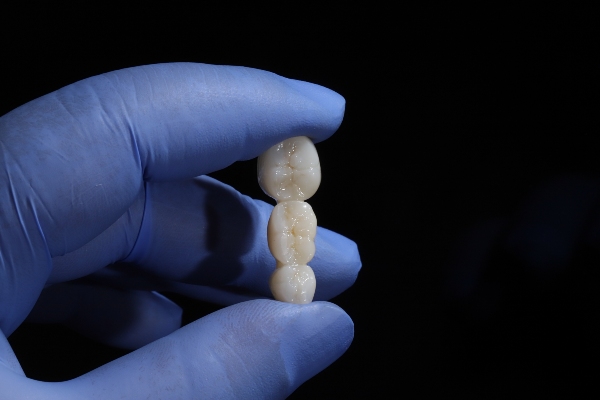 A dental bridge is a popular restorative dental solution that replaces one or more missing teeth. It not only restores functionality but also enhances the appearance of the smile. Understanding the process of getting a dental bridge can help patients feel confident and prepared as they work toward restoring their oral health.
A dental bridge is a popular restorative dental solution that replaces one or more missing teeth. It not only restores functionality but also enhances the appearance of the smile. Understanding the process of getting a dental bridge can help patients feel confident and prepared as they work toward restoring their oral health.
Initial consultation and assessment
The process of getting a dental bridge begins with an initial consultation. During this appointment, the dentist evaluates the patient’s oral health, focusing on the condition of the surrounding teeth and gums. X-rays or digital scans may be necessary to assess the jawbone structure and ensure the surrounding teeth can support the bridge.
If the patient is a suitable candidate, the dentist discusses the available types of dental bridges, such as traditional, cantilever, Maryland, or implant-supported bridges. Each option addresses specific needs, and the dentist provides recommendations based on the patient’s situation.
Preparing the abutment teeth
The next step involves preparing the abutment teeth, the natural teeth, or dental implants that anchor the dental bridge. If natural teeth are going to anchor the dental bridge, the dentist carefully reshapes them to accommodate the crowns that will hold the bridge in place.
This preparation involves removing a small portion of enamel to ensure a secure and precise fit. The process is performed under local anesthesia to minimize discomfort. If implants are going to anchor the dental bridge, a minor surgical procedure may be required to place the implants, which will act as the foundation for the bridge.
Taking impressions
After preparing the abutment teeth, the dentist takes impressions of the patient’s teeth and bite. These impressions are sent to a dental laboratory, where skilled technicians create the custom dental bridge. The bridge is designed to match the patient’s natural teeth in color, shape, and size, ensuring a seamless appearance.
In the meantime, the dentist places a temporary bridge to protect the prepared teeth and maintain functionality until the permanent bridge is ready.
Fitting the permanent dental bridge
The patient returns for a fitting appointment once the permanent dental bridge becomes ready. The dentist removes the temporary bridge and carefully places the permanent bridge to check its fit, comfort, and alignment. Any necessary adjustments are made to ensure the bridge functions correctly and blends naturally with the surrounding teeth.
The dentist then uses dental cement to secure the bridge to the abutment teeth or implants, completing the process and restoring the patient’s smile.
Follow-up and maintenance
After placing the dental bridge, regular follow-up appointments are essential to monitor its condition and ensure it functions properly. Patients must practice good oral hygiene, including brushing, flossing, and using special cleaning tools to maintain the health of the bridge and surrounding teeth.
Consult a dentist about dental bridges
Getting a dental bridge involves careful planning, precise preparation, and skilled craftsmanship to deliver a durable and natural-looking restoration. By following their dentist’s guidance and maintaining proper oral care, patients can enjoy the benefits of a fully restored smile for years. For more information, schedule a consultation visit today at Sammamish Dental Center.
Request an appointment or call Sammamish Dental Center at 425-340-3113 for an appointment in our Issaquah office.
Related Posts
A dental bridge is a tooth replacement option that does not require incisions to be made into the gums. However, there are many different types of dental bridges, and finding the perfect one can feel overwhelming. While your dentist will usually recommend what they think is best, it can be helpful to know the available…
A dental bridge is a reliable and effective solution for replacing a single missing tooth. Losing a tooth can impact a smile's functionality and appearance, but this treatment restores those elements with ease. A dental bridge enhances oral health and confidence by filling the gap left by a missing tooth.A dental bridge replaces a missing…
Losing a tooth can affect more than just your smile; it can also impact how you eat, speak, and maintain oral health. Dental bridges are a popular and effective solution for filling gaps left by missing teeth. By understanding the different types of dental bridges, you can work with a general dentist to find the…


